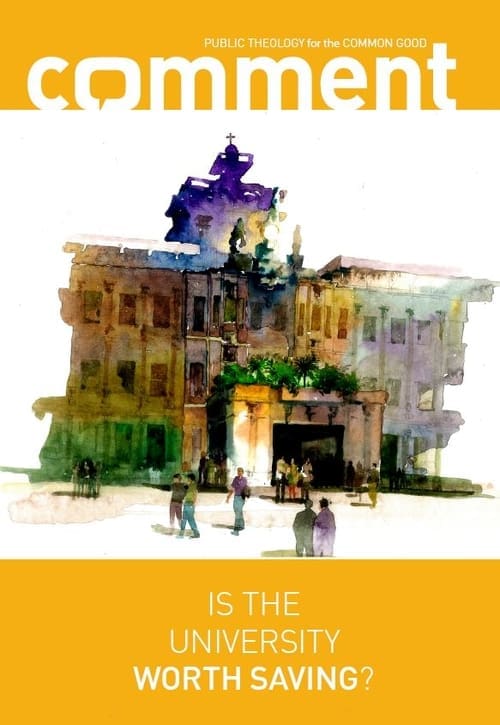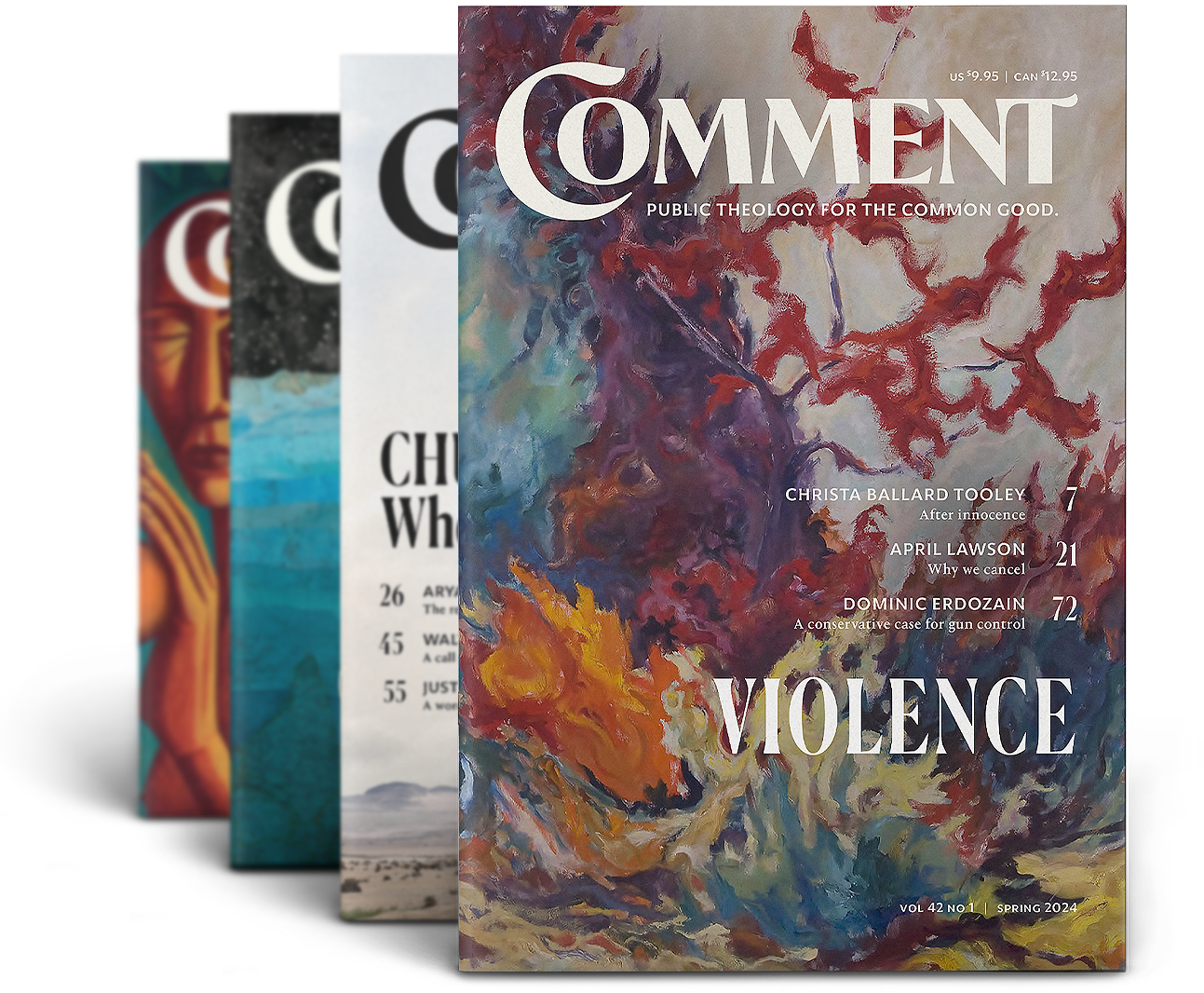Maybe the university has always been in trouble. Each generation likes to create its own jeremiads, so maybe everyone has always thought the university is on the brink of irrelevance or dissolution or was just a haven for coddled anarchy. Maybe they were already complaining about student activism in thirteenth-century Paris and the fractured “multiversity” in eighteenth- century Cambridge. I know Augustine was already complaining about ancient “frat boy” shenanigans and preening professors in fourth-century Carthage.
Nevertheless, the social status of the university seems particularly precarious right now, pressed on multiple fronts, for very different reasons, some economic and pragmatic, others academic and ethical.
Those of us already invested in the university are often quick to dismiss the economic questions as gauche or even crass. That’s an unfortunate reaction that tends to only deepen the impression that the world of the university is a clueless tower of privilege. Because the pragmatic issues are real and documented. At the same time more and more students are attending college and university, state governments in the United States are shrinking their investment in universities so that costs to students are skyrocketing. A common, jarring comparison lays out the purchasing power of a summer job vis-à-vis college tuition from the 1970s to today: the average student in 1979 could work 182 hours (a part-time summer job) to pay for a year’s tuition. In 2013, it took 991 hours (a full-time job for half the year) to accomplish the same.
And just when minorities are finally getting access to the learning and social capital that universities offer, our public investment in universities is shrinking. Meanwhile, at private schools that cater to the comfortable, the college is being remade as a one-stop shop for student consumers who expect climbing walls and yoga studios and organic vegan fare in the locally sourced cafeteriaüall of which costs money.
Given these factors and more, it’s not surprising that student debt has become overwhelming, even debilitating, particularly in the United States, where higher education remains decentralized and private universities are much more common than in Canada (though Canadian graduates are not immune to debt challenges). Forbes recently noted that, in the United States, student-loan debt now exceeds $1.3 trillion, second only to mortgage debt. Even in Canada, student debt has been described as a mental health issue. As we shift to an “information economy” where “knowledge workers” need the credentialing of a university degreeüand increasingly, graduate degreesüyoung people are taking on veritable mortgages just to get into the labour force. As they emerge from their educations, taxed by debt, working barely minimum-wage jobs, it’s not a surprise that people are asking: Is the university worth it?
Replying in vaunted terms about the university’s pursuit of truth and knowledge and other sacred endeavours is likely to be met with skepticism. Here we encounter the theoretical and academic turmoil of late, as the university increasingly looks like a place that has circled the wagons to protect a narrow, progressivist orthodoxy that is as intolerant as any other crusader. This does not look like an institution devoted to the pursuit of knowledge and the disciplines of humble truth-seeking but rather a consolidation project, an incubator for groupthink with frat houses for letting off steam. In that sense, a defense of the university looks like a defense of irresponsible privilege and an ideology that treats faith as a poison.
And while I’m a passionate evangelist for a holistic vision of the Christian liberal arts college as a formative endeavour that shapes hearts and minds for kingdom come, I also realize the colleges that offer such an education weigh in with tuition costs of about $30,000 to $40,000 per yearüwhich brings us back to those nagging economic worries for a taxed middle class and the sense that such an education is increasingly the redoubt of the privileged.
So is the university worth saving? Should people who will never attend it care about the university? Is there still a sense in which we are all invested in the fate of the university? If this thread of our social fabric is torn out, what else becomes distorted?
What if we all need the university, even those who might never enter its laboratories or stroll across its quad? We believe it is important to face these challenges, and be honest about the environmental conditions of higher education today, precisely because we believe the university has a distinct role to play in a vibrant, healthy society. We need to save the university as a site for exploration of the world, an incubator of advanced thinking, a training ground for future leaders, but also a place where we learn how to disagree. April Lawson’s profile of Jonathan Haidt’s initiative the Heterodox Academy in this issue highlights this social role of the university. As both social conservationists and those committed to genuine pluralism, we want a university with room for heresyüespecially when that means making room for historic Christian faithüprecisely because we want a society with room for difference. Those railing against “tradition” or “conservativism” are too often intolerant and illiberal. As Randy Boyagoda says in his conversation with Doug Sikkema in this issue: “Often, students don’t even know what they’re smashing.” There’s something worth saving here precisely because a liberal, pluralistic society is at stake.
But that doesn’t necessarily mean preserving the university as it is. As Chad Wellmon argues in these pages, we need to be careful not to lament the present state of higher education by devolving into nostalgia for a chimera. Too often our critique of the present involves fictions about the past. Then, as he puts it, we risk “turning legitimate critique into elegy, indulging a desire for an institution that never was.” And as Christina Edmondson suggests in this issue, the hearkening back to a mythical golden age of the university often fails to notice there were no women or people of colour there. Saving the university is not the same as preserving the status quo. Indeed, it might look like reform and renewalüan internal reimagining and reconsideration of what the university is for, as well as a societal revisiting of how and why the university serves the common good.
This issue of Comment takes up these sorts of questions. In many ways, we want to sympathetically enter into our current cultural skepticism about higher education. The questions and concerns are legitimate, and deserve to be answered. But asking them might also prompt revision of the university as we know it, because we think there is still something at stake for the commonweal in the future of the university.




